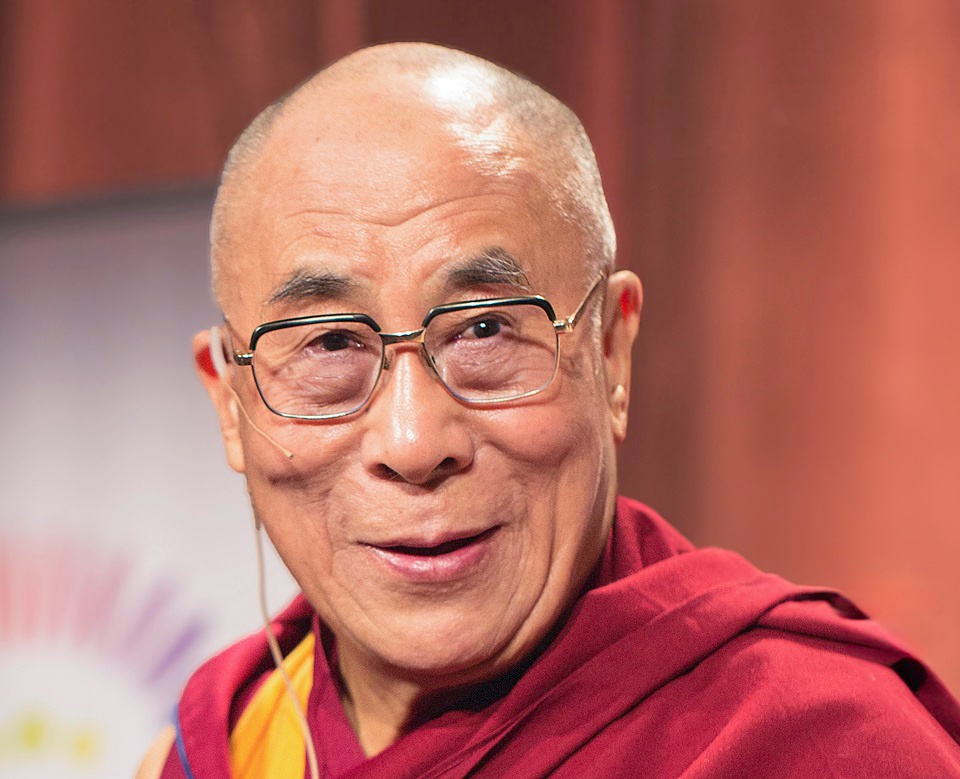
The Complex History of the Dalai Lama Succession
The recent escalation in tensions between Beijing and Tibet concerning the Dalai Lama succession is the latest chapter in a long and convoluted history. The spiritual and political leader of the Tibetan people, the Dalai Lama, has been a symbol of Tibet’s unique cultural and religious identity. The current Dalai Lama, Tenzin Gyatso, has been in the role since the age of two and is the 14th incarnation in this line of Tibetan Buddhism.
The Significance of the Dalai Lama
The Dalai Lama is not merely a religious figure; he is also a symbol of Tibetan sovereignty and independence. Throughout history, Tibetan lamas have played a crucial role in both spiritual and temporal affairs. The institution of the Dalai Lama serves as a cornerstone for Tibetan culture and religious practices, influencing millions globally. Consequently, the question of succession is not just a religious matter but a highly political one.
China and Tibet: A Historical Tension
The roots of the conflict between Beijing and Tibet date back decades. China’s annexation of Tibet in 1950 laid the groundwork for years of disputes. Since then, Beijing has exerted control over Tibetan affairs, often clashing with the Dalai Lama, who fled to India in 1959 following a failed uprising against Chinese rule. For Tibetans, the Dalai Lama is an emblem of resistance and hope for autonomy.
Beijing’s Claim Over Succession
Beijing has made it clear that it intends to have a say in the selection of the next Dalai Lama, arguing the necessity of state control over religious affairs. Chinese authorities have even insisted on the legitimacy of their involvement based on historical precedents, such as the Golden Urn method introduced by the Qing Dynasty. However, this has been met with widespread criticism and is viewed by many as a politicized attempt to cement control over Tibet.
The Role of International Players
The international community has long been involved in the Tibet issue, albeit often cautiously due to China’s global influence. Many Western nations support the Dalai Lama’s vision of a “Middle Way” approach for genuine autonomy within the framework of the People’s Republic of China. Yet, they are also wary of damaging diplomatic relations with Beijing, which considers the Dalai Lama a separatist threat.
Recent Developments
In recent years, the issue of succession has become more pressing as the current Dalai Lama ages. The Dalai Lama himself has indicated he might break from tradition and appoint his successor rather than relying on the traditional reincarnation process. This adds another layer of complexity to the situation, potentially redefining the spiritual landscape of Tibetan Buddhism and challenging Beijing’s anticipated role in the succession.
Implications for Tibet’s Culture and Religion
The looming Dalai Lama succession situation is not just a political struggle but also a significant cultural and religious dilemma. For Tibetans, the process of succession is sacred, underpinning their spiritual beliefs and cultural identity. The involvement of the Chinese government threatens to disrupt centuries-old traditions, sparking fears that Beijing’s version of the Dalai Lama could lack legitimacy among the Tibetan people and in the wider Buddhist community.
The Position of Tibetan Exiles
A significant portion of Tibetans live in exile, especially in India, which hosts the largest Tibetan diaspora. The exiled Tibetan community remains deeply loyal to the Dalai Lama and generally opposes Beijing’s involvement in the succession process. The Central Tibetan Administration (CTA), while operating in exile, continues to function as a government entity that supports the Middle Way approach, advocating for an amicable resolution that respects Tibet’s unique cultural and religious heritage.
Potential Outcomes and Future Prospects
As the Dalai Lama ages, the urgency to resolve the succession issue magnifies. There are several possible outcomes, each with far-reaching implications for Tibetans, Chinese authorities, and the global community:
- Acceptance of Beijing’s choice: If Beijing were to successfully install its candidate, this could undermine the legitimacy of the position in the eyes of many Tibetan Buddhists.
- Recognition of the Dalai Lama’s chosen successor: Should the Dalai Lama choose his successor, it might ignite further tensions but could also reinforce his influence among Tibetans and international supporters.
- Continued impasse: The most likely scenario might involve a continuation of the stand-off, with both sides entrenched in their positions on the issue.
Focus on Dialogue and Peace
Despite the challenges, there remains a window for dialogue. A mutual understanding of the importance of religion and culture is essential for both parties. By respecting the religious sanctity of the Dalai Lama institution, both China and Tibet could pave a way towards a future where cultural heritage and sovereignty coexist.
Conclusion
The Dalai Lama succession dispute is not a simple successor selection but a complex interplay of history, culture, religion, and politics. As the current Dalai Lama nears the end of his life, the question of his successor not only influences the future of Tibet but also the broader geopolitical landscape. While Beijing presses for control, Tibetans and their allies maintain their quest for religious and cultural autonomy. The resolution of this issue may very well define the nature of relations between China and Tibet for generations to come. It requires careful consideration, respect for tradition, and a willingness for compromise—elements critical to achieving a peaceful coexistence.